6. Funny Games (1997)
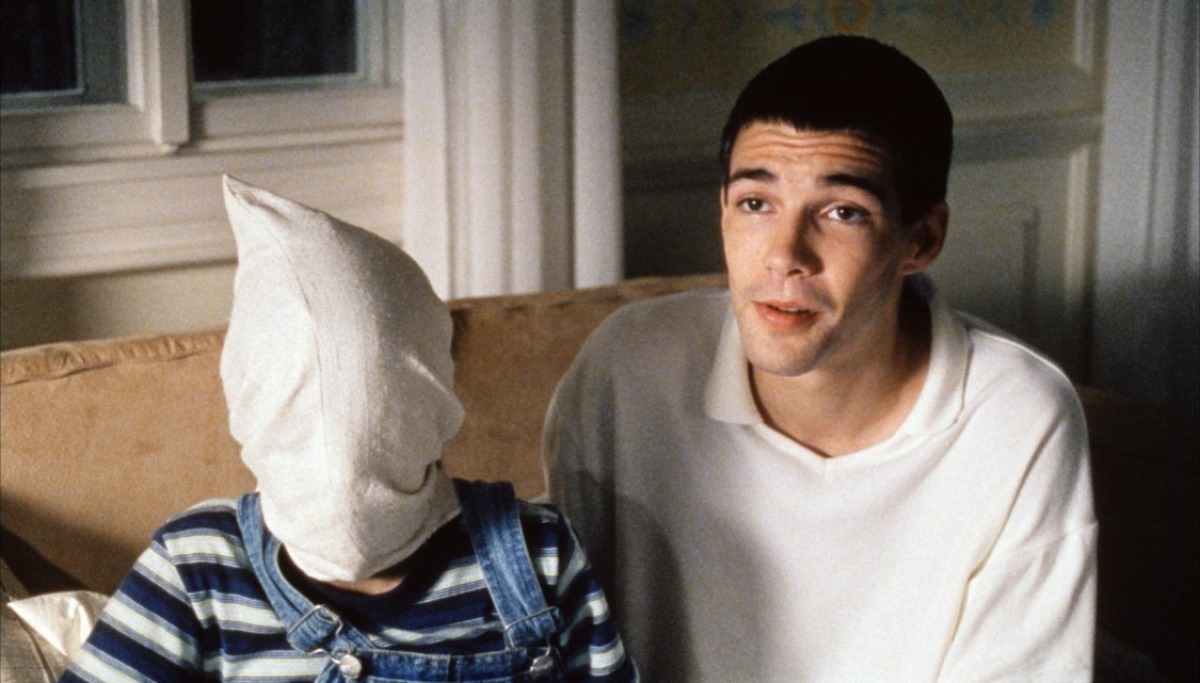
Breaking the unspoken cinematic rule of immersing the audience into the world of the film has become the new cool. Godard did it with his editing in “Breathless” and with breaking of the fourth wall in “Pierrot le Fou”. Among contemporary filmmakers, Lars von Trier has perhaps done it best with his 2003 masterwork “Dogville”. But “Funny Games”, both the original and the remake, take it to another level, to varying results. While the remake feels washed out by the commentary and plummets in its detachment, the original works because it both breaks the rule and reinforces its sanctity.
After a while, you buy into the fear of the family. You can taste Georg and Anna’s vulnerability because it is made utterly infectious by the actors. Ulrich Mühe was one of the greatest performers to have ever lived and his understated, deeply sensual work here is an undeniable standout.
The point Haneke makes about the portrayal of violence on film and in the media in general is just as clear as in the remake, but this one proves it better because the audience is not denied the experience either.
The seemingly incessant cruelty of the two young men feels exhausting by the end, but the exhaustion feels earned, it seems to have stemmed from having lived with their victims for the duration of the film, and suffered through every act of cruelty with them to now finally see the pointlessness of it all and have only option at our disposal: give up. Few films manage to communicate the statements they make with this level of efficiency and with such effective use of realism.
5. The Seventh Continent
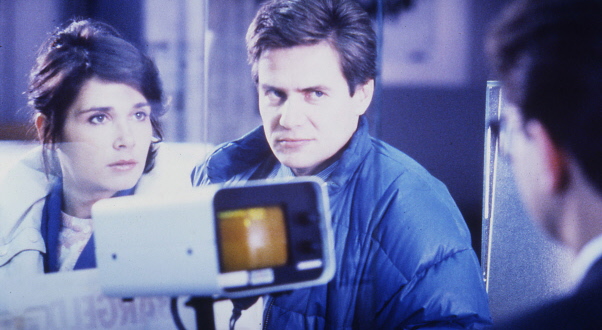
One of the greatest feature film debuts of all time, Michael Haneke’s serenely melancholic film cemented him as a commanding presence in European cinema. It was a beautiful glimpse into what his paralyzing brilliance would entail. A rousing amalgamation of tender authority and tangible restraint makes “The Seventh Continent” one of Haneke’s most delectable achievements.
Centered on an Austrian family of three – a father, a mother and their daughter, who lead successful, seemingly fulfilled lives until the question of “to what end?” begins to eat at them. They have probably never been at a disadvantage and the possibility that they might never be seems suddenly, strangely horrific to them. There are no challenges in their lives. They stay where they are each day with no apparent hope for improvement or excitement. In a world where stability is equated with contentment, how does one dare to prick the balloon? One day, they just give up and methodically, clinically, silently kill themselves.
There’s not much said in the film, for there isn’t much to be said. Haneke based the film on the story of a real-life suicide by a family who had, as they do in the film, flushed their money down the toilet. As viewers, we crave for the protagonists to voice their feelings, for the little girl to give us a peek into what’s truly troubling them, but we don’t get it because we don’t need it.
What is the point of discussion when everything has been laid bare for us to comprehend in our own ways? “The Seventh Continent” is one of those rare works of art that dare to look behind the ink of a newspaper headline and then make us conscious, in the most sublime manner, of the futility of the exercise, for there might not be much to explore and see in the first place.
4. Amour
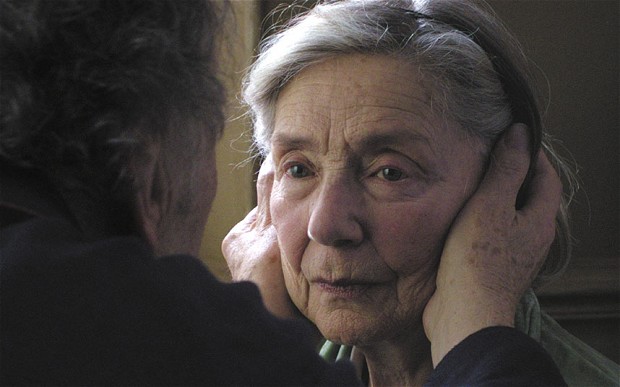
By the time Michael Haneke made his 2012 Palme d’Or winner, he had amassed such a devoted following of film watchers and been accorded such deserved acclaim from the critics that were that stature not fully taken advantage of by being as assured of his abilities as possible, it would have been highly disappointing.
Fortunately, Haneke crafted his most imposing film yet, which nonetheless invited his audience to play with the clay he had laid out for them, only to sculpt something he had intended for them from the get go. He is indubitably in control here, but there are visible signs for us to stretch the narrative whichever way we feel right, only to arrive at the same conclusions as the filmmaker.
Having worked almost exclusively in dissecting humans as a part of a larger social group and always regarding their individuality with artistic empathy, but treating it as largely inconsequential, Haneke has been an expert at looking at the cruelty of life from the outside in. But with “Amour”, Haneke finally tackled similar themes of humanity and lifelessness from the inside out.
For this he appoints the worthiest, most ridiculously talented band of actors. Jean-Louis Trintignant is so muted in his soulful, groundbreaking performance, he might as well be a part of the furniture. His Georges speaks as if it were a wasteful task to say anything at all. He is a man who has perhaps lost and gained everything there is to lose and gain. And yet, constantly felt beneath his glacial, calm exterior is a violent, throbbing affection for the woman he has spent all his life with.
Emmanuel Riva’s humanly compassionate, nuanced performance seems to contain in itself a lifetime’s worth of secrets. It is so resolutely cryptic and at the same time, nakedly honest. Even when Anne opens that photo album one day, and we get a peek into what their life together has been like, some parts remain undisclosed, as they should be.
Both actors entrench us in their experiences so deeply, so empathetically, that everything we see is distorted through their perception. Even Isabelle Huppert’s beautifully shaded performance can only make us think of her character as an endearing outsider and not much else. Haneke’s insightful storytelling skills rose to another level with this tragic romance, making the prospect of his future work all the more exciting.
3. The Piano Teacher
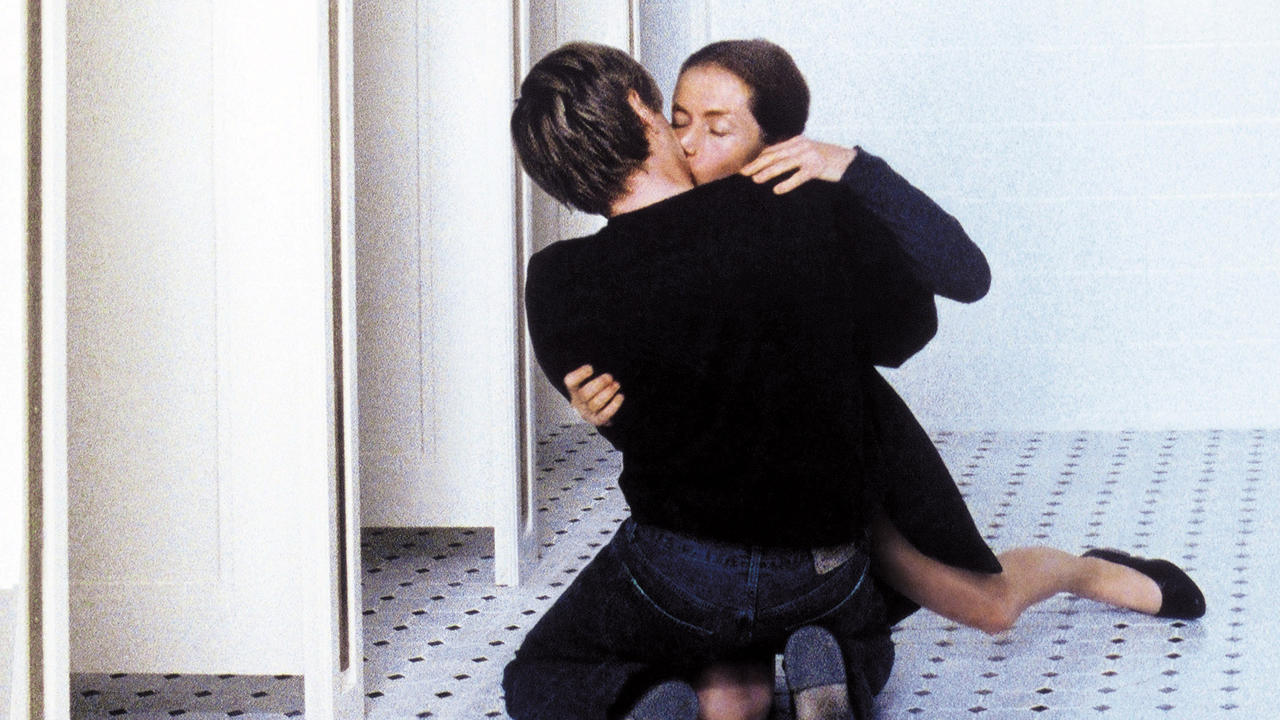
Being the game changer it was for Haneke, in retrospect, “The Piano Teacher’s” fluidity – both staid and truculent – hardly seems to mark a discernible shift in his style if taken purely on face value. But this astonishing character study of Erika Kohut remains a milestone when it comes to presenting a complicated, vivid, dangerously captivating, flawed woman on screen.
It was groundbreaking enough to be in the realm of John Cassavetes and Gena Rowlands’s explosive, form-altering work in “A Woman Under the Influence” – a perfect alloy of the most profound realization of the character and the most astute communication of the filmmaker’s thematic intentions.
Kohut is a middle-aged piano teacher living with her mother and working at the Vienna Music Conservatory. She is cold, unfeeling, cynical and visibly off-kilter. There is something buried deep inside her that seems to have wound her up so deeply that she never holds hope of finding lasting joy. And sure enough, we discover her sadomasochistic desires as we follow her one day to an adult video store and into a troubled relationship with a young student that leads to catastrophe.
Isabelle Huppert turns in one of her most unforgettable performances as Kohut, which is saying something considering the depth and magnitude of her work. She makes every artistic decision seem so instinctive and effortless, that her stiff exterior manages to convey Erika’s deepest predilections and yet keep her utterly ambiguous. It is raw, visceral work that at the same time seems beautifully restrained and masterfully acute. Benoît Magimel’s unwavering, frighteningly honest portrayal is breathtaking.
Haneke’s camera documents the storms raging inside his protagonists with a new-found assertion of his beliefs that truly marks a departure from the slightly haphazard rendition of certain aspects from his previous work. The control is intoxicating, it latches itself onto you and at turns terrifies and comforts you. “The Piano Teacher” is probably the most disturbing of all Haneke films but also one of his most hypnotic and defining works.
2. The White Ribbon
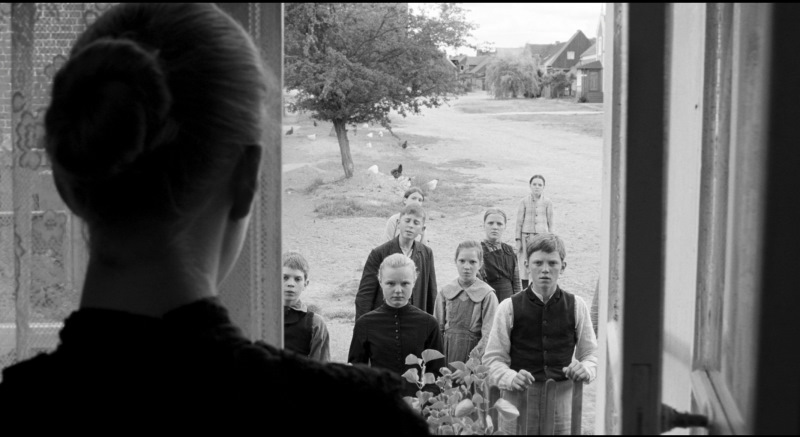
After the resounding consecutive successes of “The Piano Teacher” and “Caché”, Haneke was set to disappoint, and after a highly mixed response to his American remake of “Funny Games”, Haneke crafted what proved to be his most sumptuous, most immersive and most intricate film so far. Unsurprisingly, he was awarded the first of his two Palme d’Ors that year.
The film is set in the fictional German village of Eichwald, in the era preceding World War I, where the pastor, the baron and the doctor run things. Our focus is on the children of the village who, as per the schoolteacher, are the preparators behind the unexplained, tragic events in the village that have thrown everything in disarray.
There are elements in “The White Ribbon” that can be dismissed as stately artifice, but are deeply rooted in human impulses and our most vile, inhuman perversions. True stories from the period couldn’t possibly be much different from the untrue ones Haneke interweaves with his delicately structured narrative. But this concreteness of ideas is perhaps the film’s greatest weakness and its greatest strength.
On one hand, it disallows the magnitude of personal investment his other works frequently and diligently invite. On the other, its plaid astuteness has few rivals in all of European cinema from the period.
1. Caché

Memory is a tricky thing. It plays in our head like flashes of stories we have heard and inexplicably tends to dilute the difference between reality and our perception of it. In a way, all that is a story we tell ourselves, of our own past, limited by our own perspective and as expansive as our imagination.
A small, bourgeois family of three live in a house in Paris where one day they receive a package with a video tape inside it that contains a recording of their house captured from the street just outside. Also in the package is a childish drawing with nothing written on it. Being watched is a frightful idea, but being observed and documented is for Georges and Anne, our protagonists, their worst nightmare.
Much is left unexplained in “Caché”. One may attempt to decode it, find clues in the little things and even be content with their own version of things, but Haneke doesn’t deal in puzzles or mysteries. He deconstructs the pain of isolation so thrillingly, it leaves you wounded. His camera, much like the camera that records the tapes stays away most of the time.
What this results in is a subdued, horrifying depiction of the many stories we tell ourselves, and how much do we see and how much do we leave out. Haneke’s vision, by maintaining a stunning distance, leaves that decision to us, even with regards to his eclectically composed frames.
Haneke has frequently compared cinema to literature and how cinema’s access denies the audience the opportunity to invest in its fiction, while the best literature benefits from that very quality of the form, and he feels cinema should attempt to do the same. “Caché” is the best defense to his argument and easily, his greatest film.
Author Bio: Anmol Titoria is a student at University and has been writing and engaging in many a parley about film since he was in school, where he was responsible for writing the film column of the monthly newsletter. He professes his love for Kubrick, Bergman and Tarkovsky in ways so multifarious and with such alarming regularity that his family has considered throwing him out repeatedly.